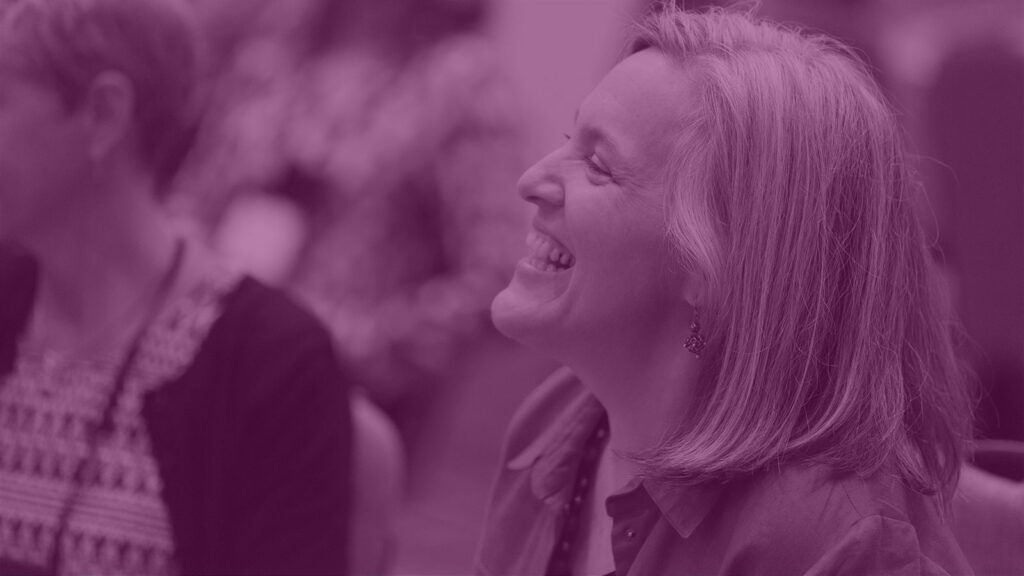By Kathleen Enright
I recently ran across a historical document that surprisingly holds many parallels to collaboration in philanthropy and the nonprofit sector. Ironically enough, the document is the "Simple Sabotage Field Manual" produced in 1941 by the forerunner to the Central Intelligence Agency. Created to give guidance to regular citizens for how they can sow discord and disrupt the workings of the Axis powers during World War II, the document promises that “widespread practice of simple sabotage will harass and demoralize enemy administrators.”
Helpfully, the manual is divided into sections such as manufacturing, transportation, and communications. The section on “General Interference with Organizations” hits particularly close to home for those of us who work in philanthropy and the nonprofits sector. Here’s some of what the CIA suggests:
- When possible, refer all matters to committees, for further study and consideration. Attempt to make the committees as large as possible — never less than five.
- Haggle over precise wordings of communications, minutes, resolutions.
- Refer back to matters decided upon at the last meeting and attempt to re-open the question of the advisability of that decision.
- Insist on doing everything through “channels.” Never permit short-cuts to be taken in order to expedite decisions.
- Advocate “caution.” Be unreasonable and urge your fellow-conferees to be “reasonable” and avoid haste which might result in embarrassments or difficulties later on.
Does any of this sound familiar? I know that I have, at times, felt demoralized and harassed in the course of collective work (and I have likely been the source of those same feelings at times as well). At GEO’s Collaboration Conference 2015 last fall, attendees built profiles of the best collaborators we know. We talked about people with laudable attributes like deep listening skills, empathy, and the ability to integrate the thinking of many into an emerging idea. The CIA field manual made me wonder what it would look like to build a profile of a collaboration “saboteur”? Whether you’re thinking of collaborations with fellow grantmakers or joint work with grantees, it might include some items quite reminiscent of the list above such as:
- Never negotiate when it comes to grant application or reporting requirements.
- Stick rigidly to your grantmaking timeline, no matter the rationale presented by partners.
- Insist that your name and logo be listed prominently in every communication.
- Insist that all decisions, big and small, must be brought to the board of directors before the collaboration can move ahead.
Good intentions don’t stop us from sometimes operating in a way that damages the work we care so deeply about. We get in our own way not because the CIA made us do it, but possibly because we haven’t been appropriately self-reflective. Or because we don’t have regular feedback loops or close enough relationships to be quickly be called out on our sabotage.
Guarding against our inner collaboration saboteur requires us to look inwards first. That’s why the second part of the exercise at the conference was to find a partner who will hold each of us accountable and commit to take action to be more like the best collaborators we know. It’s also the focus of GEO’s publication, Building Collaboration From the Inside Out, which looks carefully at the internal conditions for collaboration to thrive.
The focus of this resource is more internal — we consider what we need to change as individuals as well as the flexibility our organizations may need to embrace in order to work better together. We know that collaboration is the key to growing our impact and affecting larger change on the issues we care about. No one wants to be a collaboration saboteur. To avoid inadvertently becoming one, we need to look inwards to identify in ourselves where we may be a model collaborator and where we may sometimes be a collaboration saboteur — and then commit to making the changes we need to make to be better participants in collaborative work.

